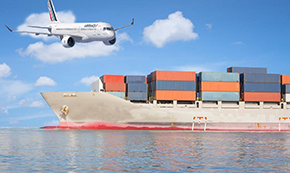All categories >
The Birth and Development of Containers: Witnessing the Transformation of Global Logistics
Categories:
News Center
News
Time of issue:
2025-03-26 18:14
Views:
In the vast ocean of global trade, containers are like magical ships, carrying countless goods and shuttling around the world. While seemingly simple, they have fundamentally changed the landscape of global cargo transportation and reshaped the face of world trade. Today, let's delve into the world of containers, exploring their history, innovative breakthroughs, and limitless future potential.
The Origin of Containers: From Dream to Reality
The story of containers can be traced back to the early 19th century. In 1801, Dr. James Anderson of Britain pioneered the concept of container shipping. However, due to the limitations of technology and market conditions at the time, this concept remained theoretical. Traditional break-bulk shipping was extremely inefficient; loading and unloading cargo from an ordinary freighter often took weeks, the damage rate reached 20%-30%, and transportation costs remained high.
In 1830, coal containers and large containers for miscellaneous goods appeared on British railways.
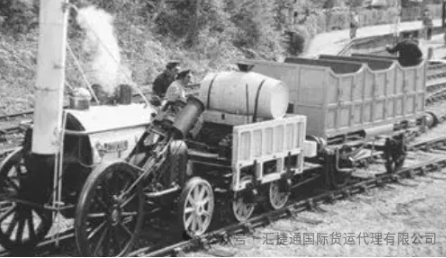
In 1845, fully enclosed iron and wood freight cars were born.

In the second half of the 19th century, the "Lancashire pallet" in Lancashire, England, became the prototype for the container.
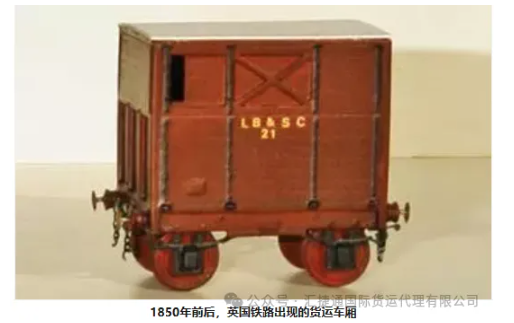
In 1853, American railroads adopted container shipping, and in 1880, the United States produced its first inland container ship. These early attempts, though scattered, laid the foundation for the future development of containers.
In the early 20th century, world economic development led to a sharp increase in land transportation, and railway transportation developed rapidly. The British Railway Company experimented with transporting furniture in wooden containers on railway flatcars, and then transferring them to carriages at the station for transportation to their destinations. In 1917, American railways piloted container transportation, followed by Germany, France, Japan, Italy and other countries. However, during this period, containers varied in structure and Specification, severely impacting their international circulation.
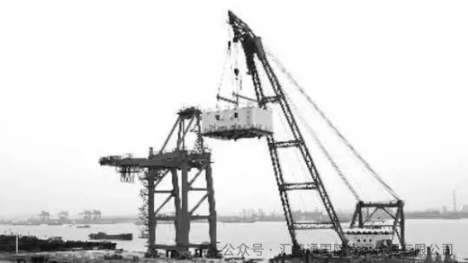
The Rise of Modern Container Shipping: A Transportation Revolution
In the 1950s, with the rise of modern industry and the growth of international trade, higher demands were placed on transportation efficiency. In 1955, Malcolm McLean of the United States proposed that container transportation must achieve land-sea intermodal transport, and advocated that land and sea transportation should be controlled and managed by one company.
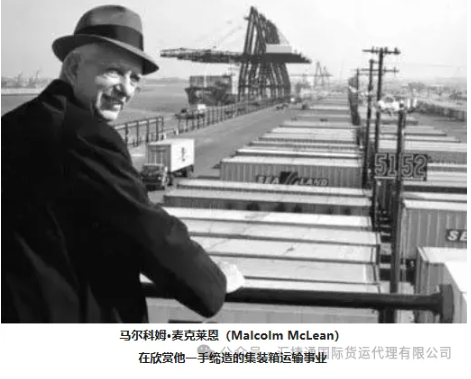
In 1956, the American Pan-Atlantic Shipping Company converted the oil tanker Gateway City and experimentally loaded 58 containers on the deck. In the transportation from Norwalk, USA to Houston, the time spent loading and unloading cargo at the dock was significantly shortened to 1/10 of the original time, and the cost of loading and unloading per ton of goods was reduced to 1/37 of that of an ordinary freighter. This was a huge success, ushering in a new chapter in global seaborne container transportation.
Following this, countries followed suit. In October 1957, a full container ship with container slots appeared, marking the formal establishment of seaborne container transportation. To address the issue of inconsistent container standards in various countries, the American Standards Association began researching universal interchangeable container shape standards in 1958. In 1960, the United States formulated its first container standard.
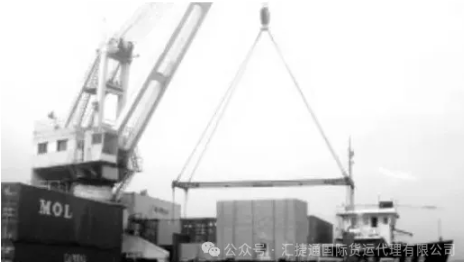
In June 1961, the International Organization for Standardization (ISO) Container Technical Committee was established to develop international container standards, which have been continuously refined since then.
In April 1966, Sea-Land Service opened a container shipping route from New York to Europe. In September 1967, Matson Navigation Company put the "Hawaiian Colonialist," a full container ship, into service on the Japan-North American Pacific Coast route. Subsequently, shipping companies in Japan and Europe started container shipping in multiple regions. During this period, countries around the world generally constructed container-dedicated terminals, and container shipping entered a period of rapid development. According to statistics, by 1970, the total carrying capacity of the global container fleet reached approximately 300,000 standard containers, and by 1980, it had increased to approximately 2 million standard containers.
A New Stage in Container Development: Innovation and the Intelligent Wave
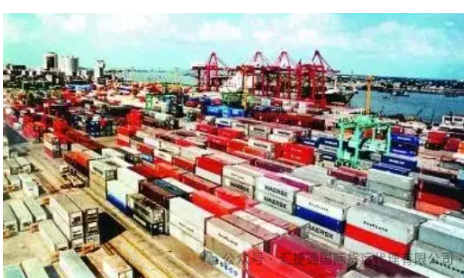
Enter the 1990s, the container shipping market became fiercely competitive, and shipping companies enhanced their competitiveness by forming joint ventures and "global alliances." At the same time, with technological advancements, container transportation achieved innovative breakthroughs in several areas.
In terms of container design, the initial wooden structures have gradually evolved into high-strength steel, aluminum alloy, and composite material containers. This has not only improved durability but also achieved lightweighting. Innovative designs such as refrigerated, ventilated, and specialized containers meet the transportation needs of various goods. For example, cold chain transportation is crucial for the fresh produce and pharmaceutical industries.
In terms of transportation equipment, container ships have become increasingly larger, and port handling equipment has undergone continuous innovation. Shore-based container cranes, automated guided vehicles, and other equipment have significantly improved handling efficiency. For example, in 2024, the world's largest container ship can carry over 24,000 standard containers, while in the 1990s, this number was only in the thousands.
Transportation monitoring technology has also made significant progress. The Internet of Things (IoT) and GPS have enabled real-time tracking of cargo location and status. In recent years, intelligent containers have become a new development focus. For instance, on March 22, "Silk Road Maritime" put into use the country's first batch of newly developed intelligent containers. This batch of intelligent containers uses IoT technology and dual-channel satellite positioning via mobile communications, BeiDou, and GPS, achieving full visualization of container logistics. Using the "Silk Road Maritime" intelligent containers in combination with the "Silk Road Maritime" international shipping integrated service platform, cargo owners and logistics service enterprises can real-time monitor the location and status of containers, and promptly understand the land-sea intermodal transport trajectory and business Trends. This not only provides more efficient information services for supply chain logistics and emerging trade models such as cross-border e-commerce, but also further expands customs application scenarios.
China's Containers: From Follower to Leader
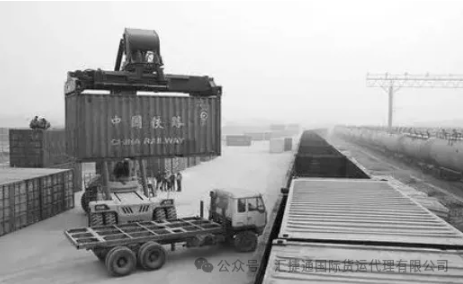
China's container transportation started in the 1950s. In April 1955, the railway department began handling domestic small-scale container transportation. In 1973, China opened international seaborne container transportation, with Tianjin receiving the first international container. In September of the same year, the Shanghai-Yokohama, Osaka, and Kobe routes were opened. After years of development, China has achieved remarkable achievements in the container field.
From a production perspective, according to news from the 2025 Asian Container Multimodal Transport Exhibition, which opened on the 19th, China's total container output in 2024 exceeded 8.1 million TEUs, a 268.2% increase compared to 2023, setting a new historical high. The "China Container Supply Chain Development Report (2024)" shows that China's container production and sales volume reached 96% of the global total, with production capacity mainly concentrated in the Yangtze River Delta and the Pearl River Delta regions. Among them, international standard dry cargo containers are the main container type in production, accounting for approximately 91.3% of China's total container output in 2024; the output of refrigerated containers accounts for about 3.8%; the output of 35-ton open-top railway containers accounts for about 0.7%; the output of tank containers accounts for about 0.6%; and other types of containers account for about 3.6%.
In terms of transportation, the volume of container transportation at Chinese ports continues to grow. In 2024, the national container rail-water intermodal transportation volume was approximately 11.5 million TEUs, a year-on-year increase of approximately 15%. Among them, the western land-sea new channel rail-sea intermodal trains cumulatively transported 960,000 TEUs of goods, achieving 7 consecutive years of growth. Taking Xiamen Port as an example, since 2004, it has explored and developed rail-sea intermodal transport, gradually forming a complete channel network. From January to October 2024, Xiamen Port completed a cumulative 106,800 TEUs of container rail-sea intermodal transport, a year-on-year increase of 27%, with 12,800 TEUs completed in October, setting a new monthly high. The "Yiwu-Ningbo Zhoushan Port" container rail-sea intermodal transport line was officially opened in February 2009. In the past 16 years, the annual business volume of this rail-sea intermodal transport line has grown by more than 10%, with a business volume exceeding 180,000 TEUs in 2024, a year-on-year increase of 10.6%.
China is also actively promoting the intelligent and green development of container transportation, continuously improving its influence and competitiveness in the global container transportation field.
The Unlimited Possibilities of Containers
Looking ahead, containers will develop in a more intelligent, green, and efficient direction. Intelligent technology will be further integrated into all aspects of container transportation, achieving precise control and optimized scheduling of the transportation process; green and environmental protection concepts will promote the wider application of new environmentally friendly materials and clean energy in the container field; multimodal transport will be more seamlessly connected, providing more convenient and efficient logistics services for global trade.
However, container transportation will also face challenges such as global economic fluctuations and changes in trade policies. However, with its strong adaptability and innovative capabilities, containers will continue to play a key role in global trade and transportation, driving the continuous development of the world economy.
The container, a seemingly simple "magic box," has changed the world, and will continue to create miracles in the future. Let us wait and see, and witness its continued brilliant chapter on the global trade stage!
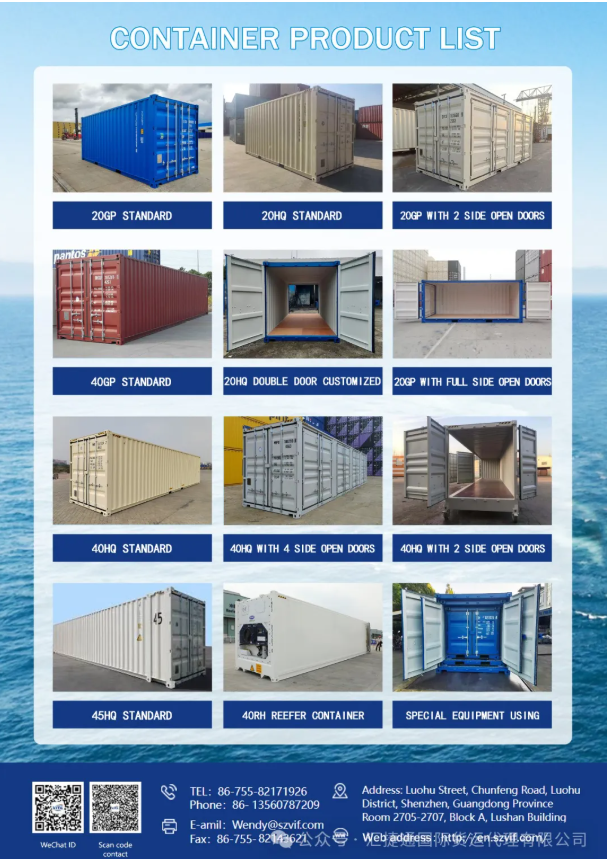
Service Hotline: 0755-82171929 13560787209

WeChat QR Code
Keywords:




